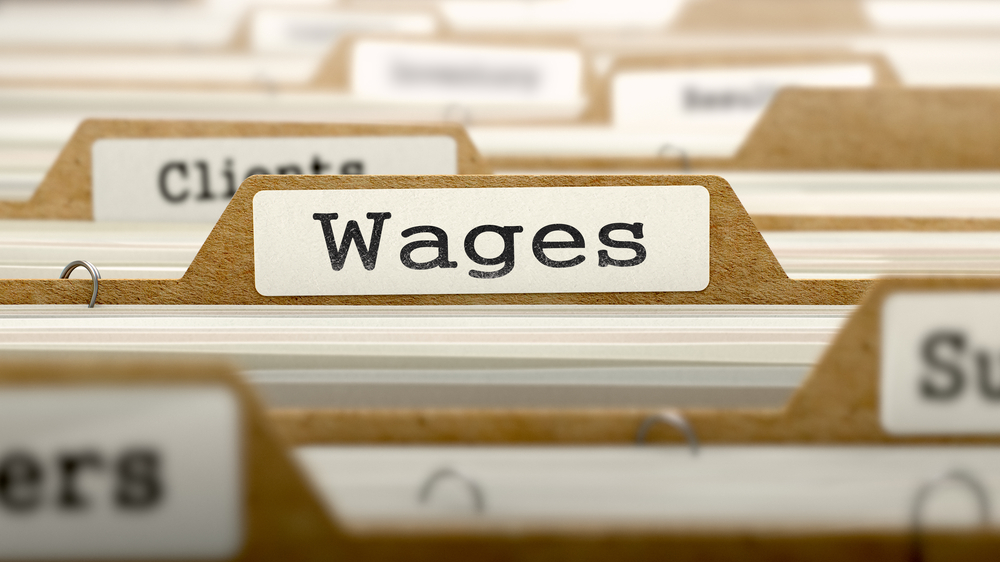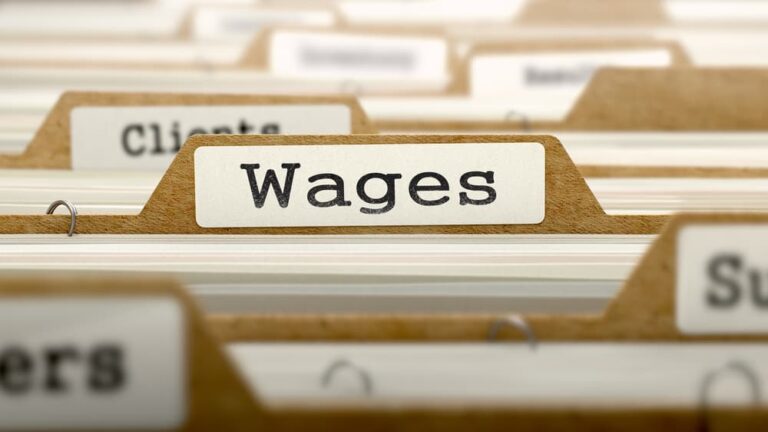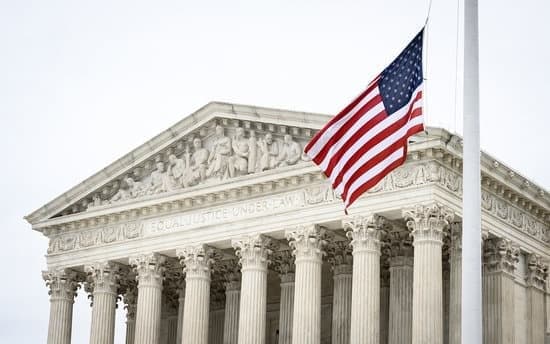The federal minimum wage rate has not been raised in 12 years, the longest stretch of status quo since the legislation was created in 1938, but Washington is currently debating more than doubling the $7.25 per hour rate by 2025.
The Raise the Wage Act of 2021 was introduced as identical legislation in January as H.R. 603 in the House and S. 53 in the Senate, and has been referred to the House Committee on Education and Labor and the Senate Committee on Health, Education, Labor, and Pensions.
Raise the Wage Act of 2021 Introduced to House, Senate
If passed, The Raise the Wage Act 2021 would raise the federal minimum wage per hour rate as follows:
- $9.50 in 2021
- $11.00 in 2022
- $12.50 in 2023
- $14.00 in 2024
- $15.00 in 2025
The Raise the Wage Act of 2021 would also raise the subminimum wage rates paid to tipped workers ($2.13 currently), teen workers ($4.25 currently) and workers with disabilities (unspecified subminimum) until $15 per hour was reached in 2026-2027.
According to CNBC, President Joe Biden, Senate Majority Leader Chuck Schumer, and House Speaker Nancy Pelosi all support the raise in minimum wage, while the Republican leadership in Washington opposes the legislation, fearing it will create job loss.
“Even before the COVID-19 pandemic, the $7.25 federal minimum wage was economically and morally indefensible,” bill sponsor Rep. Bobby Scott, a Virginia Democrat and chair of the House Education and Labor Committee, wrote in a release.
The Republicans countered with a bill introduced in February by senators Mitt Romney and Tom Cotton that raises the federal minimum wage to $10, but only for businesses that use the E-Verify system designed to prevent employers from hiring undocumented workers.“
Our legislation would raise the floor for workers without costing jobs,” Romney told the USA Today.
CBO: $15 Minimum Wage Would Reduce Poverty, Costs Jobs
The nonpartisan Congressional Budget Office (CBO) released a report in February, “The Budgetary Effects of the Raise the Wage Act of 2021” showing both positive and negative outcomes if the federal minimum wage was doubled.
NPR reported that, “raising the federal minimum wage to $15 an hour by 2025 would increase wages for at least 17 million people, but also put 1.4 million Americans out of work, according to a study by the Congressional Budget Office released on Monday.”
On the positive side, the CBO said raising the minimum wage could lift 900,000 Americans out of poverty, government spending on Medicaid and unemployment benefits would increase because of higher enrollment by those who lose their jobs.
History of the Federal Minimum Wage
From its start during the Great Depression in 1938 at just two bits per hour, the United States federal minimum wage under the Fair Labor Standards Act has increased 22 times with the last increase in 2009 to the current rate of $7.25 an hour.
The dozen years since the last federal minimum wage increase is the longest gap since the legislation was put in place with the previous longest span, 10 years from 1997 to 2007.
Here is how the federal minimum wage per hour rate has increased :
- 1938: $0.25
- 1939: $0.30
- 1945: $0.40
- 1950: $0.75
- 1956: $1.00
- 1961: $1.15
- 1963: $1.25
- 1967: $1.40
- 1968: $1.60
- 1974: $2.00
- 1975: $2.10
- 1976: $2.30
- 1978: $2.65
- 1979: $2.90
- 1980: $3.10
- 1981: $3.35
- 1990: $3.80
- 1991: $4.25
- 1996: $4.75
- 1997: $5.15
- 2007: $5.85
- 2008: $6.55
- 2009: $7.25
Minimum Wage Rate by State
According to the National Conference of State Legislatures (NCSL), “currently, 29 states and D.C. have minimum wages above the federal minimum wage of $7.25 per hour.”
Many minimum wage workers have seen an increase in their paychecks this year with AARP reporting that some two dozen states started 2021 with higher minimum wage rates.
According to the U.S. Department of Labor, the minimum wage rate per hour of each state as of Jan. 1, 2021 was:
- Alabama: None**

- Alaska: $10.34
- Arizona: $12.15
- Arkansas: $11.00 (4 or more employees)
- California: $13.00 (25 or fewer employees); $14.00 (26 or more employees); note that some cities and counties have higher rates up to $15.90 per hour
- Colorado: $12.32
- Connecticut: $12.00
- Delaware: $9.25
- Florida: $8.65
- Georgia: $5.15 (6 or more employees) **
- Hawaii: $10.10
- Idaho: $7.25
- Illinois: $11.00 (4 or more employees)
- Indiana: $7.25 (2 or more employees)
- Iowa: $7.25
- Kansas: $7.25
- Kentucky: $7.25
- Louisiana: None**
- Massachusetts: $13.50
- Maine: $12.15
- Maryland: $11.75
- Michigan: $9.65 (2 or more employees)
- Minnesota: $10.08 (annual revenue $500K+); $8.21 (annual revenue under $500K)
- Missouri: $10.30
- Mississippi: None**
- Montana: $8.75 (gross sales $110K+)
- North Carolina: $7.25
- North Dakota: $7.25
- Nebraska: $9.00 (4 or more employees)
- New Hampshire: $7.25
- New Jersey: $12.00
- New Mexico: $10.50
- Nevada: $9.00 (no health insurance benefits provided); $8.00 (with health insurance)
- New York: $12.50; $14.50 (Long Island and Westchester); $15.00 (New York City)
- Ohio: $8.80 (annual gross receipts $305K+); $7.25 (annual gross receipts under $305K)
- Oklahoma: $7.25 (10 or more employees)
- Oregon: $12.00
- Pennsylvania: $7.25
- Rhode Island: $11.50
- South Carolina: None**
- South Dakota: $9.45
- Tennessee: None**
- Texas: $7.25
- Utah: $7.25
- Virginia: $7.25
- Vermont: $11.75 (2 or more employees)
- Washington: $13.69
- Wisconsin: $7.25
- West Virginia: $8.75 (6 or more employees)
- Wyoming: $5.15**
- District of Columbia: $15.00
- **Subject to $7.25 federal minimum wage rate.
Some States Already Set to Raise Minimum Wage in 2021
Some states will raise minimum wage rates later in 2021 including:
- Connecticut will raise the minimum wage to $13.00 per hour on Aug. 1, 2021.
- Delaware will raise the minimum wage to $10.25 per hour in October 2021.
- Florida will raise the minimum wage to $10.00 per hour on Sept. 30, 2021.
- Nevada will raise its minimum wage rates to $9.75 and $8.75 on July 1, 2021.
- Oregon will raise its minimum wage rate to $12.75 on July 1, 2021.
- Virginia will raise its minimum wage rate to $9.50 on May 1, 2021.
Legislation is constantly being introduced with 128 minimum wage bills across 33 states, according to the NCSL Minimum Wage Legislation Database.
Check back often as Employer Flexible keeps you up to date on all the workplace legislation that affects your business.






